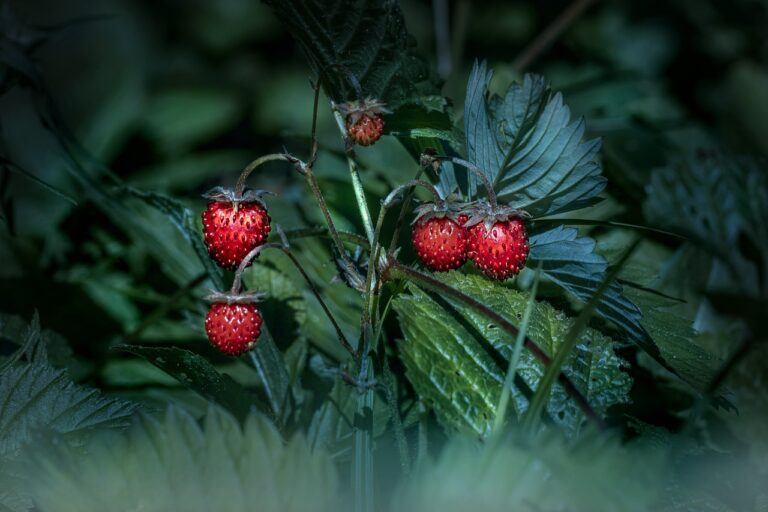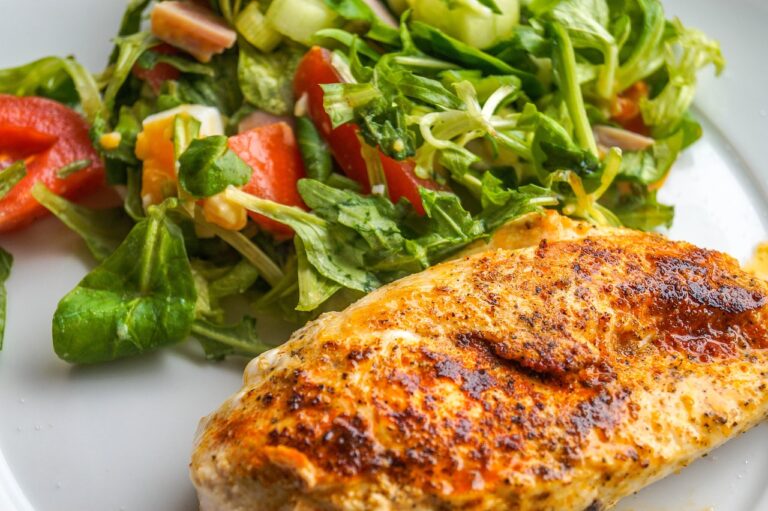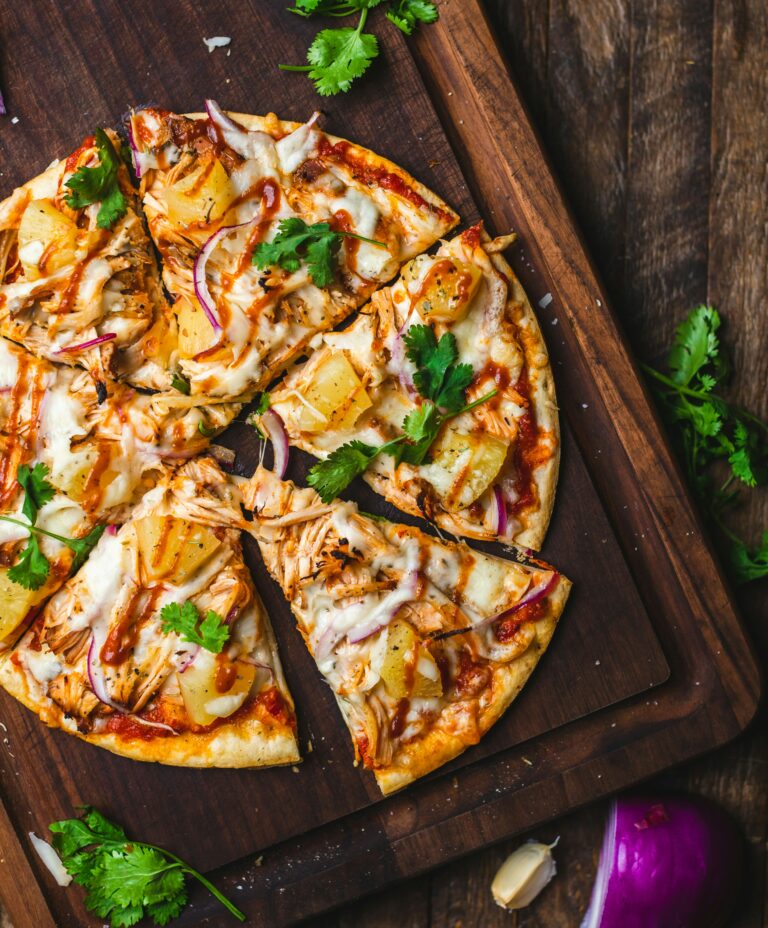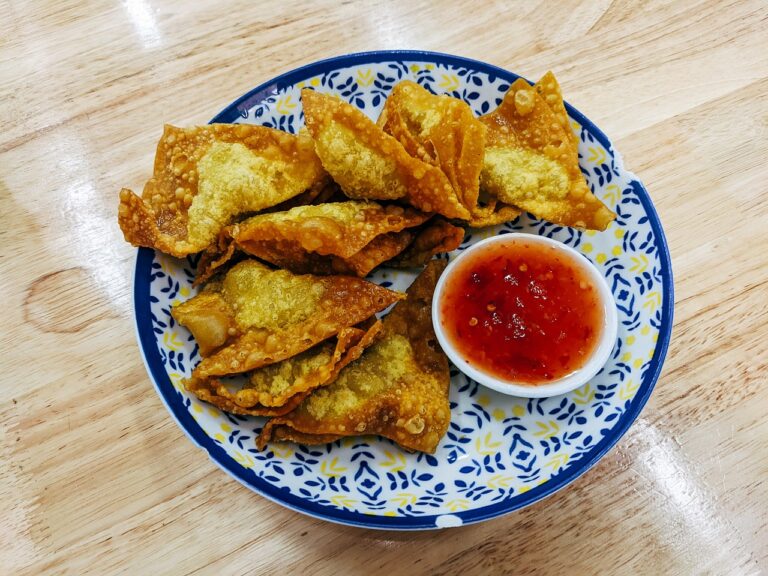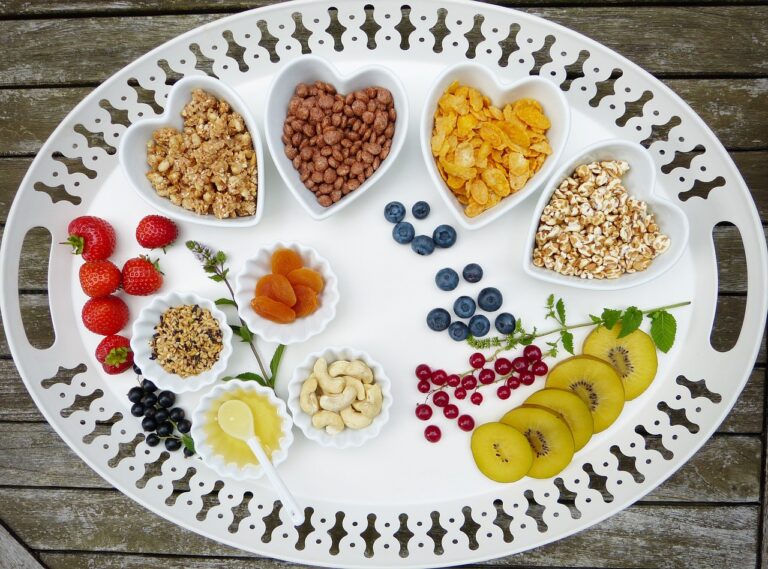The Future of Food Packaging: Edible and Biodegradable Alternatives to Plastic
Plastic food packaging poses significant challenges to environmental sustainability. One major issue is the rampant generation of plastic waste, much of which ends up in landfills or polluting natural ecosystems. This not only contributes to visual pollution but also threatens wildlife that may mistake plastic for food, leading to severe consequences for entire ecosystems.
Another challenge of plastic food packaging is its low rate of recyclability. Many types of plastic used in packaging are not easily recyclable, which results in limited opportunities for reusing the material. This leads to a continuous demand for new plastic production, exacerbating the already substantial environmental impact of plastic food packaging.
Benefits of Edible Food Packaging
Edible food packaging offers a sustainable and eco-friendly alternative to traditional packaging materials. By utilizing edible materials such as seaweed, rice paper, or starch, this type of packaging reduces waste and minimizes environmental impact. Consumers can simply ingest or compost the packaging after use, eliminating the need for disposal or recycling.
Furthermore, edible packaging can also help enhance the freshness and flavor of the food products it contains. These packaging materials can act as natural barrier layers, protecting the food from external contaminants while preserving its quality. In addition, edible packaging can reduce the need for additional preservatives or chemicals, promoting healthier food options for consumers.
Advantages of Biodegradable Food Packaging
Biodegradable food packaging offers a sustainable solution to the growing environmental concerns associated with traditional plastic packaging. These packaging materials are made from organic substances that can easily decompose over time, reducing the amount of waste that ends up in landfills and oceans. By choosing biodegradable options, businesses can demonstrate their commitment to reducing their carbon footprint and contributing to a healthier planet.
In addition to being eco-friendly, biodegradable food packaging also helps to minimize the release of harmful chemicals into the environment. Traditional plastic packaging often contains toxins that can leach into the food it contains, posing potential health risks to consumers. By switching to biodegradable alternatives, companies can provide a safer and more sustainable option for packaging food products, prioritizing both the well-being of their customers and the planet.
Biodegradable food packaging reduces the amount of waste in landfills and oceans
Businesses can demonstrate their commitment to reducing their carbon footprint by choosing biodegradable options
Biodegradable packaging helps minimize the release of harmful chemicals into the environment
Traditional plastic packaging often contains toxins that can leach into food, posing health risks to consumers
Switching to biodegradable alternatives provides a safer and more sustainable option for packaging food products
What are some challenges of plastic food packaging?
Some challenges of plastic food packaging include its negative impact on the environment, the difficulty in recycling certain types of plastics, and the potential for leaching harmful chemicals into food.
What are the benefits of edible food packaging?
Edible food packaging can help reduce waste, as it can be consumed along with the food it contains. It also eliminates the need for disposal, reducing environmental pollution.
What are the advantages of biodegradable food packaging?
Biodegradable food packaging breaks down naturally over time, reducing landfill waste and minimizing environmental impact. It is also made from renewable resources, making it a more sustainable option compared to traditional plastic packaging.


